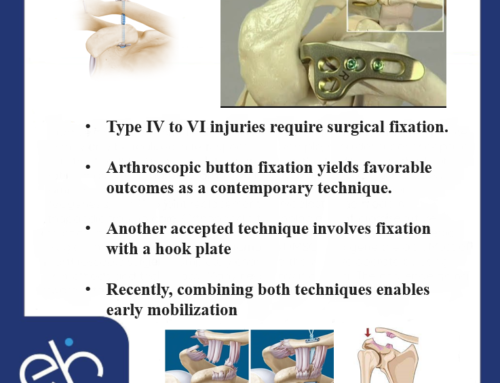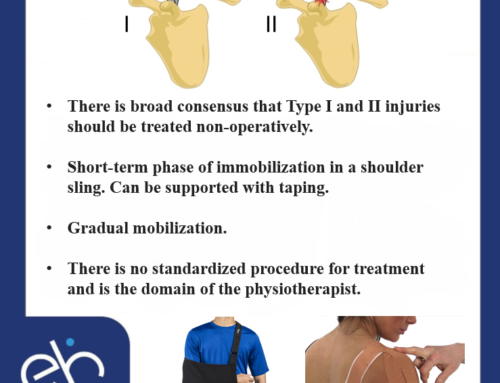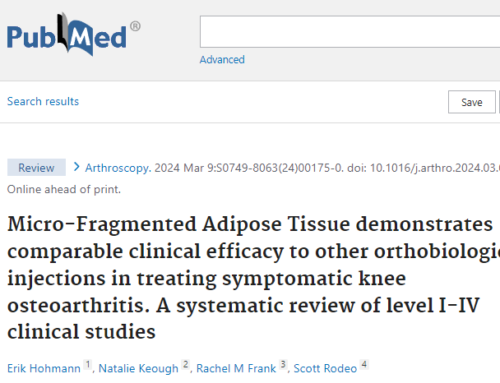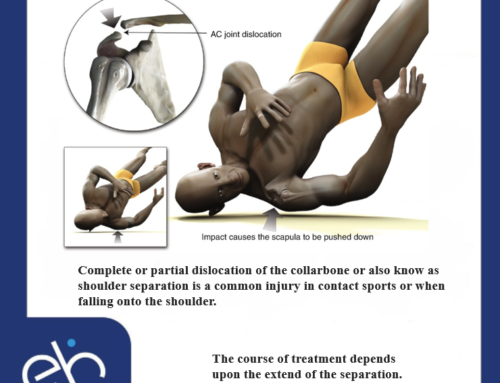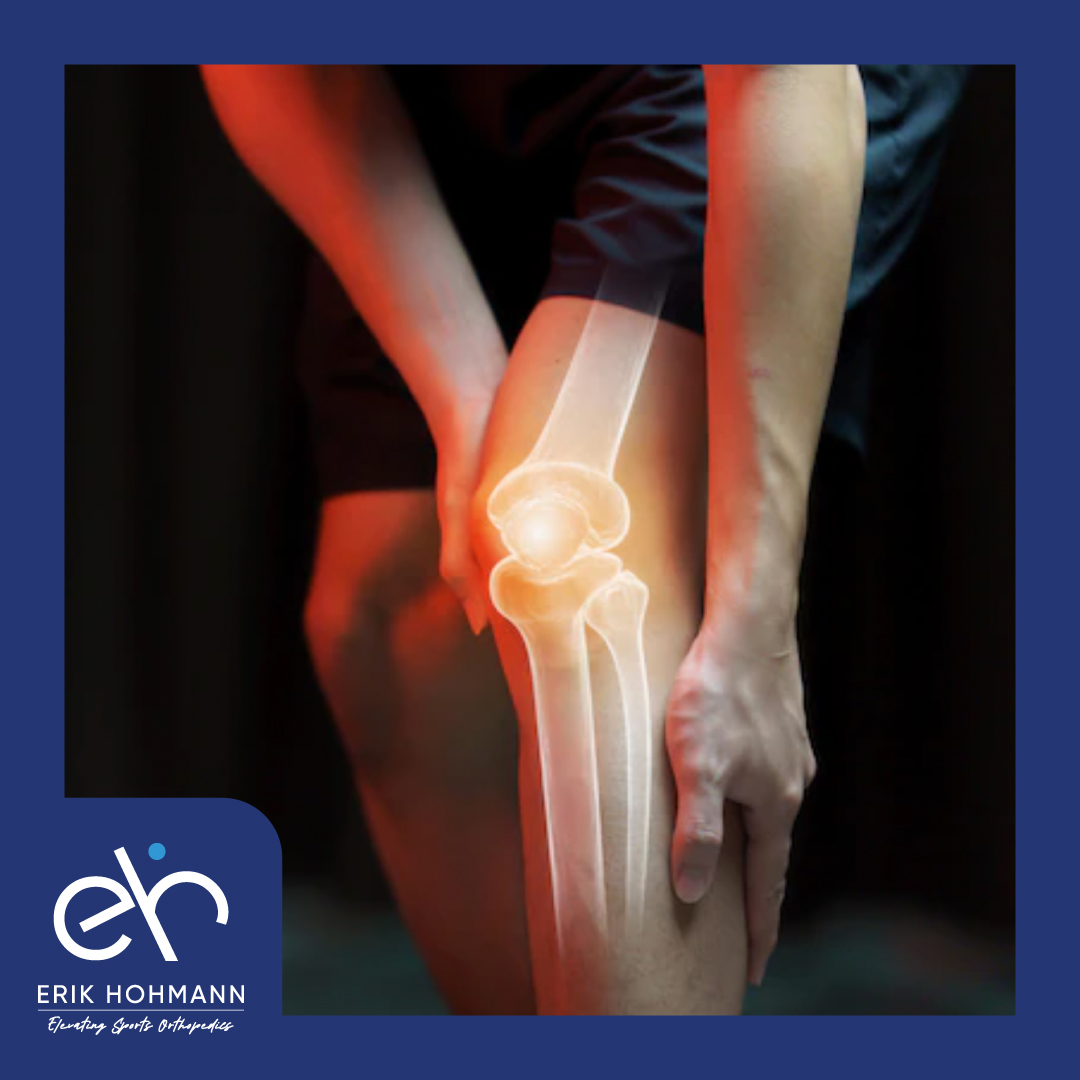
The meniscus is a C-shaped piece of rubbery and tough cartilage which sits between the femur and tibia. It acts as a shock absorber, stabilizes the joint and protects the bone and articular cartilage from wear and tear.
Degenerative meniscus tears are generally atraumatic and a normal part of aging. They are typically observed in middle aged or older people. These tears are often associated with knee osteoarthritis and degenerative changes and the medial meniscus is most commonly involved. Most of these tears show a complex tear pattern with fraying and flaps. Interestingly, the majority of tears are not symptomatic and the onset of symptoms is usually insidious.
Initial treatment should always be conservative and can include physical therapy, pain medication, topical treatment with gels or similar and supervised exercise. If you are overweight, one of the best treatments is weight loss and a few kilos can substantially improve pain and function of the knee.
Viscosupplemenation [Hyaluronic Acid Injections} and the use of orthobiologics [Platelet Rich Plasma [PRP] can also be considered if there is underlying osteoarthritis and tend to be quite helpful. In particular PRP has shown great promise and many studies now support the use of PRP for pain control.
Surgery is rarely indicated and the current indications are: mechanical symptoms of locking and catching, acute tears with clear evidence of trauma and persistent pain, failure of nonoperative treatment for at last 6-12 weeks. Acute tears that can be repaired should be operated sooner rather than later.
MRI is a very helpful examination to determine the character of the tear and the presence of degenerative changes. It will help to guide treatment.
If you are interested to find out more check our Expert Consensus Statement from 2020 where the world’s leading surgeons came together and provided guidance how to threat these tears:
Hohmann E, Angelo R, Arciero R, Bach BR, Cole B, Cote M, et al. Degenerative meniscus lesions: an expert consensus statement using the modified Delphi Technique. Arthroscopy 2020; 36 (2):501-512

